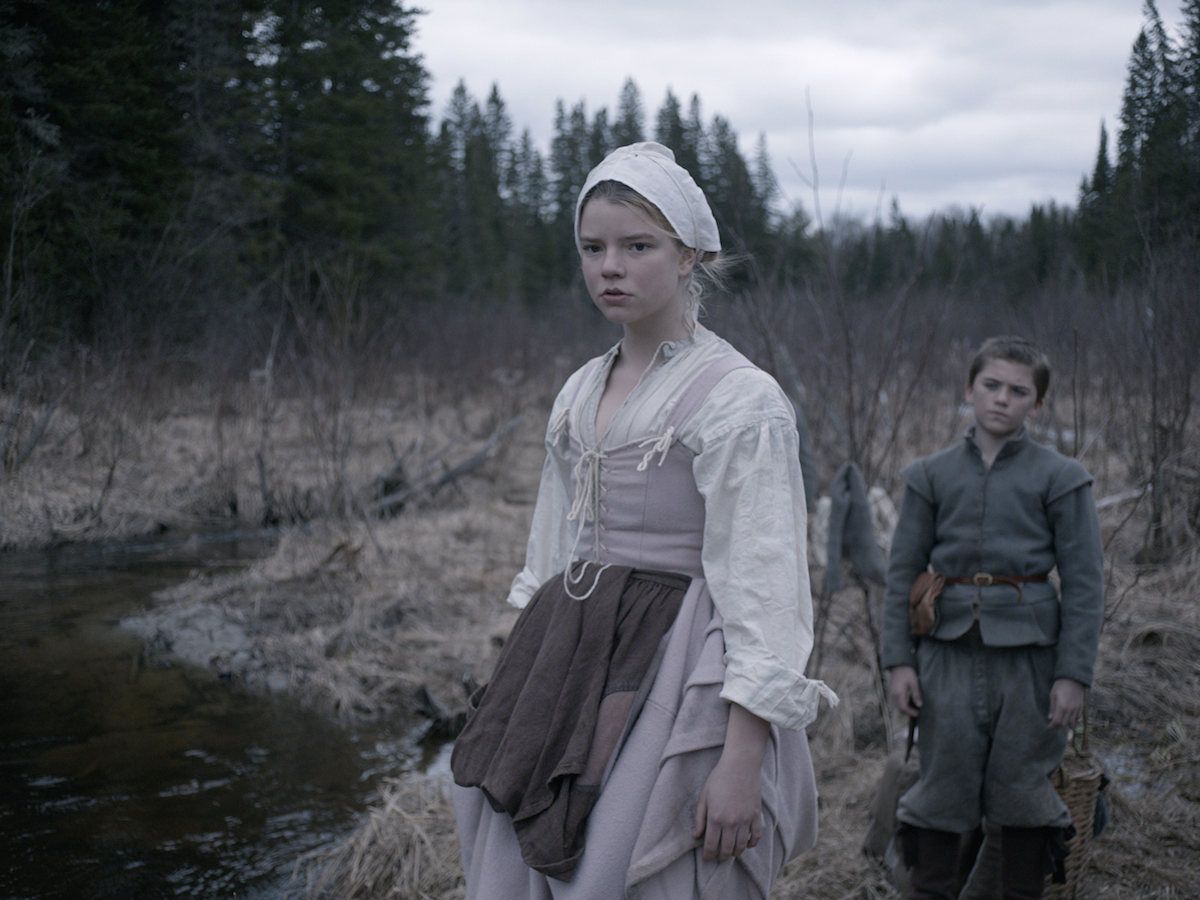
The new movie The Witch, in theaters Friday, draws on both reality and fairy tale to create the story of a Puritan family’s terrifying encounter with the title character. Filmmaker Robert Eggers spent years researching the period, from daily 17th-century life and the way people really spoke, to the true history of early American witch trials.
You may think you know about that last part: in Salem, Mass., in 1692, a group of young girls claimed they were bewitched, sparking a frenzy that eventually resulted in the hangings of 19 people.
But what happened in Salem was also “highly anomalous,” says bestselling author and witch expert Katherine Howe, who edited and annotated the Penguin Book of Witches. The extent and intensity of the incident in Salem have helped it remain famous, but Howe says that fame gives us a skewed view of the history of witches in the U.S.
A more typical witch trial “would usually be one woman, or occasionally two, often who’d had a bad reputation for quite some time,” Howe says. “It was actually kind of hard, believe it or not, to try somebody as a witch.” According to one calculation, the conviction rate—excepting Salem and confessions—was under one in five. And though Salem is noted for the youth of the accusers, Howe says that more often “accusers were women who were peers of, often longstanding acquaintances of or neighbors of, the woman being accused.” Suspected witches and their accusers were also more likely to be middle-aged. When children got involved, it was usually as the object of a witch’s interest.
One element that the prevailing wisdom does get right, however, is that most people believed to be witches at the time were women—though not because gender was part of the definition of a witch. Part of the reason, as historian Elizabeth Reis has written, was physical: Puritans believed that the Devil had an easier time gaining access to women’s physically weaker bodies. But, perhaps more importantly, there were social reasons for women to be more frequently accused. The stereotypes of the time held that women were predisposed to sin: they were seen as more sexual, more tempted by material goods and more in need of a guiding authority, “specifically in the form of the church or a father or husband,” Howe says.
It followed that those accused of witchcraft were those who failed to fit in with the strict Puritan expectations for women, for example by remaining childless at a time when most gave birth many times. “That’s something you see articulated in the film,” Howe adds: though the mother expresses anxiety that “her daughter is constantly at risk for moral imperfections,” that concern is “not an anxiety that is ever articulated about the son.”
There are other elements of real history that Howe says are reflected in the Witch, like the “real scarcity” of the period—when minor hardships attributed to witches, like food going bad, posed a real problem—and the threat perceived in the nearby wilderness. As Cotton Mather wrote in his 1693 book on the Salem witch trials, The Wonders of the Invisible World, “The New-Englanders are a People of God settled in those, which were once the Devil’s Territories.” This sharp divide between wilderness and civilization was especially important in the Puritan’s morally black-and-white universe, where, Howe says, “either you were Christian or you were devilish.”
While Howe says that most often witch accusations were a case of “women policing the behavior of other women” when they failed to fulfill gender norms, The Witch does provide a window into the fears and hardships which shaped Puritan life, with details pulled straight from the primary sources.
More Must-Reads from TIME
- Inside Elon Musk’s War on Washington
- Why Do More Young Adults Have Cancer?
- Colman Domingo Leads With Radical Love
- 11 New Books to Read in February
- How to Get Better at Doing Things Alone
- Cecily Strong on Goober the Clown
- Column: The Rise of America’s Broligarchy
- Introducing the 2025 Closers
Contact us at letters@time.com